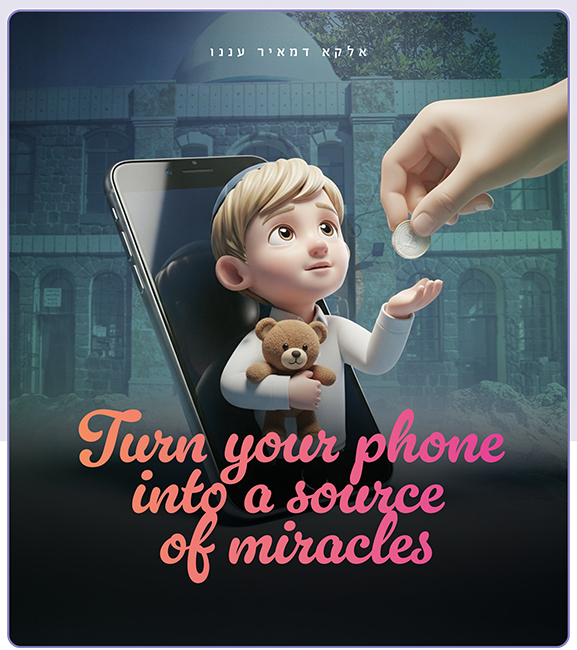Home » About Rabbi Meir » Rabbi meir biography » Rabbi Meir and Beruriah Story – RMBH
When Rabbi Meir's Two Sons Died:
Jewish Stories of Loss and Faith Through
Beruriah's Wisdom
Learn how one couple’s darkest Shabbos transformed into Judaism’s most powerful teaching on faith after tragedy.
The Rabbi Meir and Beruriah story begins on what seemed like an ordinary Shabbos afternoon in ancient Tiberias. While Rabbi Meir Baal HaNess taught Torah in the Beis Medrash (study hall), his wife Beruriah faced an unimaginable test at home. Their two beloved sons had suddenly died from illness—some sources say a plague. What happened next became one of the most profound Jewish stories of loss and faith ever recorded.
This ancient narrative from Midrash Mishlei teaches us eternal truths about tragedy and faith. Children are precious deposits from Hashem (God), temporarily entrusted to our care. Grief and emunah (faith) can coexist. And sometimes the deepest wisdom emerges through the partnership of husband and wife facing loss together. Through Rabbi Meir Baal Haness Charities, we continue to help families find meaning in their darkest moments, just as Beruriah helped her husband nearly two thousand years ago.
The Mashal That Changed Jewish Mourning Forever
Beruriah's Challenging Choice on Shabbos
When tragedy struck that Shabbos, Beruriah faced a terrible dilemma. She found both sons dead, but halacha (Jewish law) forbids mourning on Shabbos—the day of menucha (rest) and simcha (joy). Rather than disturb her husband’s Torah teaching or violate the sanctity of Shabbos, she made an extraordinary decision. She gently placed both children on their bed and covered them with a white sheet, waiting for the right moment.
Think about that strength. Her precious children have just been taken, yet she maintained composure through Shabbos meals, songs, and normal conversation. This story of Beruriah’s sons demonstrates a faith so deep it transcends human understanding.
The Brilliant Parable of the Deposit
After Havdalah separated Shabbos from the weekday, Rabbi Meir asked about their sons. Beruriah first ensured he had eaten and bentched (recited Grace after Meals). Then she posed her famous question: “If someone gave me a deposit to watch, and now the owner wants it back, must I return it?”
Rabbi Meir answered according to halacha: “Certainly! A borrowed item must be returned to its owner.”
Only then did Beruriah lead him to where their sons lay. As Rabbi Meir cried “Banai, banai! Rabbosai, rabbosai!” (My sons, my sons! My teachers, my teachers!), Beruriah gently reminded him of his own answer. When Rabbi Meir’s two sons died, Beruriah’s wisdom in that moment became eternal Torah, teaching us the heights a human can achieve in acceptance of Hashem’s will.
The Rabbi Meir and Beruriah story has become the paradigm for Jewish responses to child loss throughout history.
The Strength of a Torah Scholar's Daughter
Other Jewish Stories of Child Loss in Torah and Talmud
Aharon HaKohen's Sacred Silence
The Torah shares other Jewish stories of loss and faith that guide us through darkness. When Nadav and Avihu, Aharon’s eldest sons, brought “eish zarah” (strange fire) in the Mishkan (Tabernacle), they died instantly. The Torah records Aharon’s response with two powerful words: “Vayidom Aharon”—and Aharon was silent.
This wasn’t the silence of someone without words. This was silence as acceptance. The Midrash (Vayikra Rabbah 12:2) and Rashi (on Vayikra 10:3) explain that Aharon received reward for his silence—Hashem spoke to him directly in the next verses, showing that sometimes faith after loss Jewish perspective means accepting what our limited minds cannot grasp.
Dovid HaMelech's Remarkable Response
When Dovid HaMelech’s (King David’s) infant became ill as punishment for his sin with Bas Sheva (Bathsheba), Dovid fasted, prayed, and lay on the ground for seven days. Yet when the child passed away, Dovid’s behavior shocked his servants. He rose, washed, changed his clothes, went to worship Hashem, and ate a meal.
His explanation teaches profound wisdom about coping with grief in Judaism: “While the child lived, perhaps my tefillos (prayers) could help. Now I will go to him, but he cannot return to me.” This shows that desperate tefillah during crisis and complete kabbalas ol (acceptance of Divine Will) after tragedy are both expressions of emunah.
These Jewish stories of loss and faith from Tanach provide multiple models for processing grief.
Iyov's Ultimate Test of Faith
The story of Iyov (Job)—whether historical or mashal according to the Rambam—provides Judaism’s deepest meditation on suffering. All ten of his children died in one catastrophic moment when a wind destroyed their house during a meal.
Iyov’s immediate response set the template for Jewish mourning: He performed kriah (tore his garments), shaved his head as was the custom, then fell to the ground—not in despair but in worship. His words, “Hashem nasan, v’Hashem lakach” (The Lord gave and the Lord took), later echoed by Rabbi Meir, became the foundation for prayers for healing after tragedy.
While the Rabbi Meir and Beruriah story teaches acceptance after loss, Jewish tradition also provides prayers for those still fighting illness. The Mi Sheberach prayer and specific Tehillim Psalms offer hope during the struggle, reminding us that we petition Heaven until the final moment—just as King David did for his child. Read more about Jewish guidance for the sick
Honor a Loved One with Kaddish and Prayers
The Structure of Aveilus: How Halacha Guides Us Through Grief
Shiva, Shloshim, and Beyond
Jewish stories of loss and faith consistently emphasize that mourning requires both structure and community. It provides a detailed roadmap for coping with grief in Judaism that honors both human psychology and Divine wisdom. The shiva period (seven days) requires mourners to sit low to the ground while the community provides comfort to mourners. No one says “be strong” or “move on”—you’re supposed to feel the loss.
The traditional greeting—”HaMakom yenachem eschem b’soch sha’ar aveilei Tzion v’Yerushalayim” (May the Omnipresent comfort you among the mourners of Zion and Jerusalem)—connects individual loss to our collective Jewish experience of galus (exile) and redemption.
How Kaddish Transforms a Child's Grief
The Kaddish Yasom (Mourner’s Kaddish) contains a profound paradox—it never mentions death. For eleven months after losing a parent, aveilim (mourners) stand and declare “Yisgadal v’yiskadash shmei rabbah” (May His Great Name be magnified and sanctified). This daily obligation requires a minyan, ensuring mourners remain connected to community when isolation threatens. Through this structure, the individual grief of the child transforms into communal sanctification of God’s name.
Zivsai and the Continuation of the Family Legacy
The Rabbi Meir and Beruriah story also includes the blessing of continuity through their daughter who married a man named Zivsai. The Midrash Koheles mentions Zivsai Rabbi Meir son-in-law, who married their daughter. Though details about Zivsai remain limited in our sources, his very mention carries deep significance.
The survival of their daughter and her marriage represents the principle of “nechama” (consolation) in Jewish thought. Just as Iyov received new children—not as replacements but as proof that life continues—Rabbi Meir’s family line persevered. This teaches that accepting loss doesn’t mean abandoning hope for the future. Some scholars suggest Zivsai may have been the father of Rabbi Yehoshua, potentially extending Rabbi Meir’s spiritual legacy through generations. This continuation of family after tragedy is a recurring theme in Jewish stories of loss and faith throughout our history.
Supporting Israel's Vulnerable Through Rabbi Meir's Eternal Promise
Rabbi Meir Baal Haness Charities continues a tradition dating back to 1799, inspired by the Rabbi Meir and Beruriah story and its lessons of transforming tragedy into tzedakah, supporting Torah scholars, widows, orphans, and needy families throughout Eretz Yisroel. When Rabbi Meir Baal HaNess promised to serve as an advocate for anyone who gives tzedakah in his memory, he created an eternal covenant between earthly chesed and Heavenly mercy. Our organization ensures that your donation reaches those who need it most while activating this powerful segulah for your own needs.
Through our network of rabbanim and askanim (community activists) in Eretz Yisroel, we distribute funds according to the highest standards of tzedakah. Every contribution supports Torah learning, provides for desperate families, and maintains the ancient practice of prayer at Rabbi Meir’s kever (grave) in Teveria (Tiberias). Just as Beruriah transformed personal tragedy into eternal Torah teaching, your support transforms individual tzaros (difficulties) into a conduit for blessing. In the zechus of Rabbi Meir Baal HaNess, may you be blessed with yeshuos (salvations) and hatzlacha in all your endeavors.
Understanding Jewish Stories of Loss and Faith: Your Questions Answered
The Rabbi Meir and Beruriah story raises profound questions about faith, loss, and healing in Jewish tradition. Here are answers based on Torah sources and centuries of Jewish wisdom.
What exactly happened in the Rabbi Meir and Beruriah story?
According to Midrash Mishlei, Rabbi Meir two sons died suddenly from illness on Shabbos afternoon while their father taught Torah in the Beis Medrash (Study Hall). Beruriah found them, covered them with a sheet, and waited until after Havdalah to tell her husband. She used a mashal about returning a deposit to help Rabbi Meir accept the gezeirah (decree). Rabbi Meir responded with the words of Iyov: “Hashem gave and Hashem took; blessed be Hashem’s name.” This narrative has provided comfort to Jewish families facing loss for nearly 2,000 years. The story teaches that children are Divine deposits and accepting Hashem’s will can transform tragedy into spiritual elevation.
How does Judaism teach us to cope with the loss of a child?
Jewish stories of child loss throughout Tanach and Gemara demonstrate various valid responses to tragedy. Aharon HaKohen’s silence, Dovid HaMelech’s acceptance after intense tefillah, and Iyov’s worship through grief all model different aspects of faith after loss Jewish perspective. Halacha provides structure through shiva (seven days), shloshim (thirty days), and annual yahrtzeit observances. The tradition emphasizes that grief and emunah coexist, that questioning is acceptable within faith, and that community support is essential. The key teaching: children are Divine deposits temporarily entrusted to our care.
Who was Zivsai, Rabbi Meir's son-in-law?
Zivsai married Rabbi Meir and Beruriah’s daughter, as mentioned in Midrash Koheles. While sources provide limited biographical details about Zivsai himself, his inclusion in the Midrash signifies the family’s continuation despite tragedy. Some scholars suggest he may have been the father of Rabbi Yehoshua, potentially extending Rabbi Meir’s Torah legacy through subsequent generations. His mention reminds us that Jewish families experience both churban (destruction) and binyan (rebuilding), teaching that accepting loss doesn’t mean abandoning hope for the future.
What are the most powerful prayers for healing after tragedy?
Prayers for healing after tragedy in Jewish tradition include specific chapters of Tehillim (especially 20, 121, and 130), and personal tefillos in any language. The Kaddish Yasom, recited for eleven months, transforms grief into daily kedushah while maintaining connection to the tzibbur. Additional practices include learning Mishnayos for the neshamah’s aliyah, giving tzedakah in the niftar’s memory, and maintaining their mitzvos. These healing prayers Judaism offers work not through magic but through creating connections—between the individual and community, between earth and Shamayim, between human pain and divine rachamim.

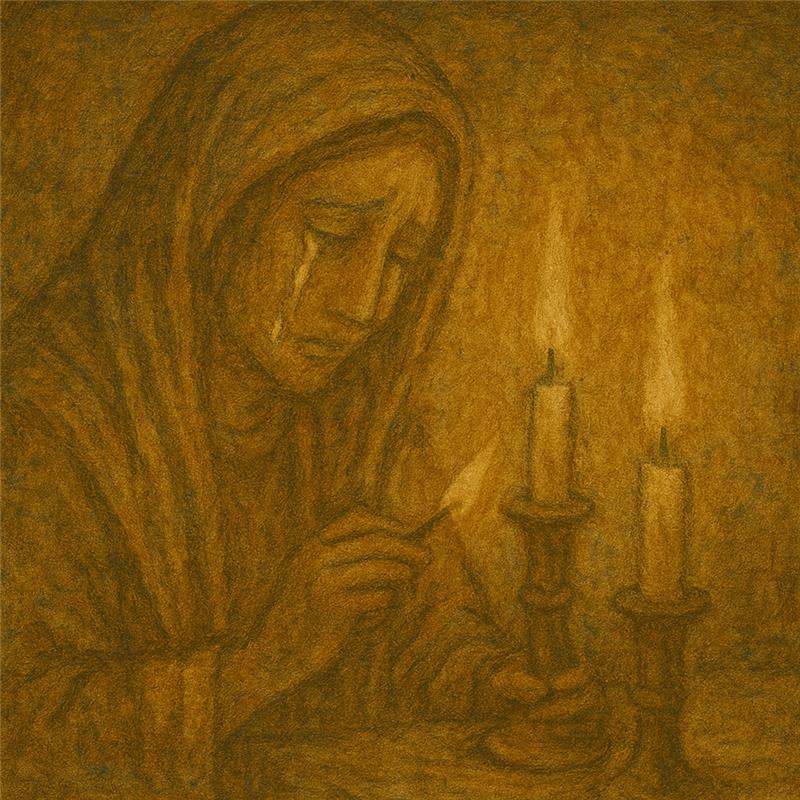 Parenting Through Tragedy: Jewish Wisdom for Impossible Times
Parenting Through Tragedy: Jewish Wisdom for Impossible Times 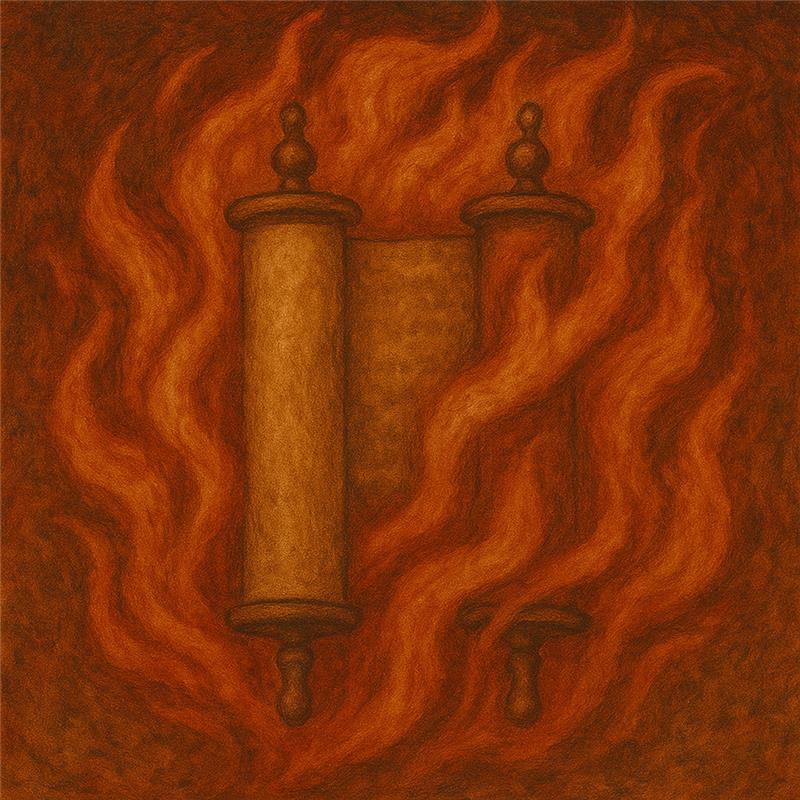 The Chanina ben Teradion Connection: A Family of Martyrs
The Chanina ben Teradion Connection: A Family of Martyrs
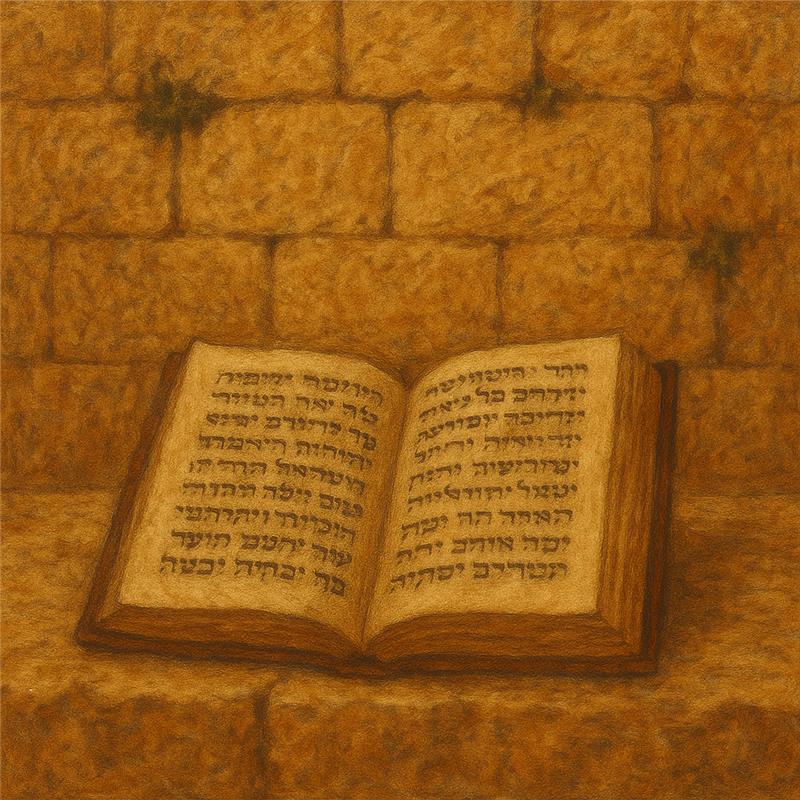 Prayer Formulas: Ancient Words for Modern Pain
Prayer Formulas: Ancient Words for Modern Pain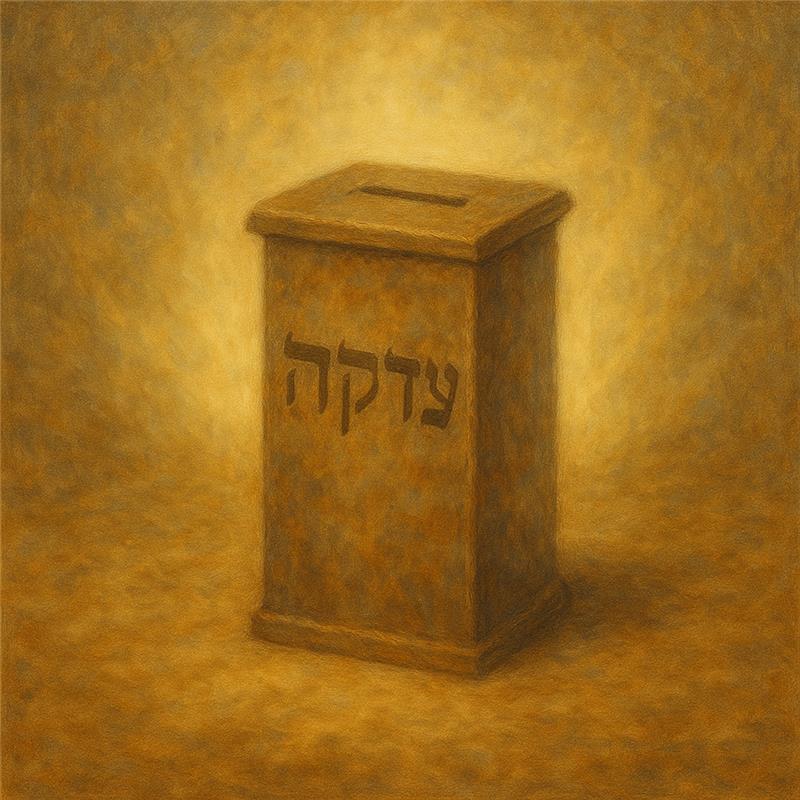 Promise Power: How Rabbi Meir’s Segulah Still Works
Promise Power: How Rabbi Meir’s Segulah Still Works
